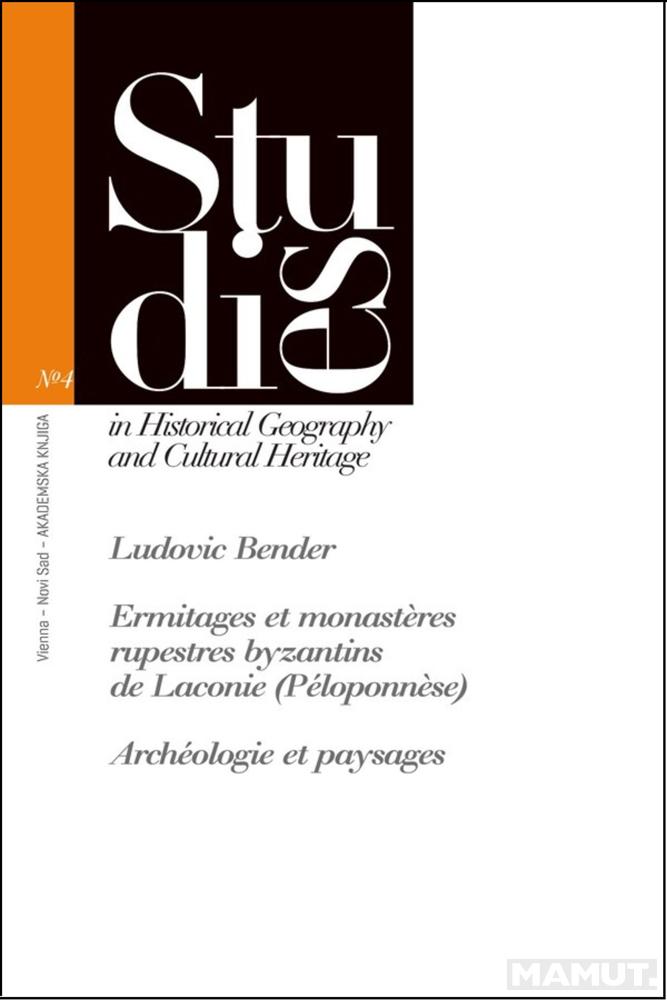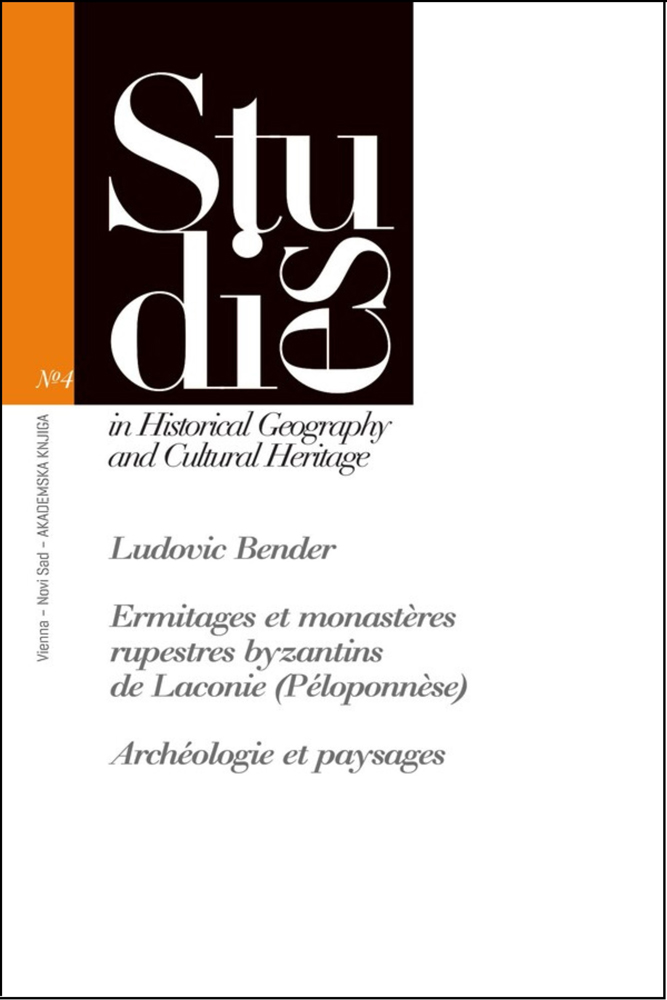Kupi ONLINE i uštedi






Kontaktirajte nas preko ovog linka.
| Karakteristika | Vrednost |
|---|---|
| Kategorija | ISTORIJA |
| Autor | Ludovic Bender |
| Težina specifikacija | 0.5 kg |
| Izdavač | AKADEMSKA KNJIGA |
| Pismo | Latinica |
| Povez | Tvrd |
| Godina | 2022 |
| Format | 14u00d722,5 |
| Strana | 464 |

Kontaktirajte nas preko ovog linka.
Saznajte prvi o najboljim ponudama
